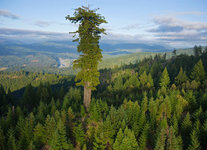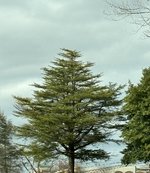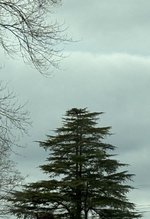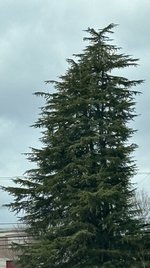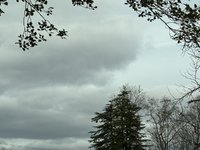Bonsai Forest
Omono
Please help me understand why certain tree apexes terminate sharply sideways. I notice tall groups of trees featuring this style. They are in small groups and there does not appear to be competition for sunlight as nothing blocks them. I was suspecting phototropism, but I cannot find examples of the above anywhere online yet when googling phototropism.
Example found (in bonsai form) which makes sense to me:
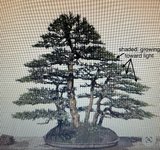
Example (illustration) of what I see:
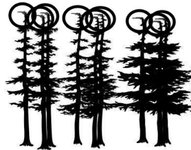
I’m interested in such a composition for bonsai but what are the conditions? Is it wind?
Example found (in bonsai form) which makes sense to me:

Example (illustration) of what I see:

I’m interested in such a composition for bonsai but what are the conditions? Is it wind?

